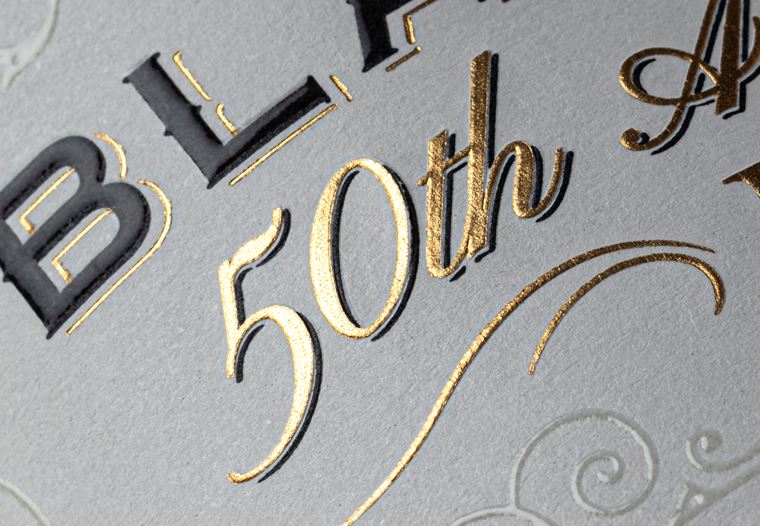

Tales of the Tot
The Black Tot Journal: A Beginner Learns About Colour in Rum

Ah rum, where to start? Coming at rum from a whisky background, you’d think I’d be a little less daunted about discovering a new spirit. To give a bit of context – my name is Edel, and I work with Elixir Distillers (the company who created Black Tot Rum, but also several whisky brands, such as Port Askaig and Elements of Islay). I love whisky and also have a huge interest in spirits in general.
But despite being familiar with the drinks industry and quite knowledgeable about whisky, sometimes it feels like there is so much to learn about rum and that I’ll never quite get there. It’s enough to make one dizzy, without even so much as having touched a drop of the stuff. But I digress.
The purpose of these Black Tot Journal articles is to discuss my journey into rum. This is from the perspective of somebody completely new to the category and I’ll being writing in a (hopefully) fun and engaging way that makes the spirit more accessible to others who are just discovering it too. We’re all in this together, so we may as well enjoy it!
Today, I’m going to take a closer look at one of the oft-used ‘methods’ of rum description – colour.
You might be familiar with seeing any of the following on bottles of rum: white/silver, gold, dark. But what is the importance of the colour and what does it tell us about the liquid? I’m learning from my colleagues in the rum world that colour is only part of the picture - just like whisky, colour doesn’t always equate to stronger flavour or an older rum.
But nonetheless, for better or for worse, often colour terminology is the first real introduction that novices have to rum descriptors. Although I’ve tried to learn what each colour ‘means’ in my research for this article, what I’ve actually learned is that they don’t really mean much at all. In future articles, I will be diving into descriptors and processes that can tell us a lot more about our rum but, for today, let’s look at what the various colours might, maybe and can mean. I’ve looked at this while also being aware that I don’t want to propagate categorisations that are unhelpful to rum education. As a beginner, I merely want to look at all of the exceptions to our perceptions of colour - hopefully in order to show why colour is so unhelpful as a descriptor.
Colour Descriptors and Rum
My ill-informed assumptions on colour tended to encompass the following:
- All white rum is unaged, always really sweet, best for mojitos and not really sophisticated or valued by rum lovers.
- Gold rum… Is that Captain Morgan? Wait, no, that’s spiced… I think. Maybe it’s aged a bit?
- Dark rum – oh yeah, all dark rums are aged for a really long time. Extremely heavy, woody taste. Super intense.
However, as mentioned, I’m beginning to learn that labelling by colour is quite a reductive way to segment a whole category. If I were to even attempt to classify the ‘colour’ labels:
1. White rums can often be seen as lightest in flavour and either unaged or aged very little. It’s not necessarily fair or true to say that there is no sophistication in a white rum, when it seems that there are indeed many white rums which are well regarded as high quality sipping rums. And to add to the complexity, it seems that some white rums are, in fact, aged rums in disguise, but have been carbon filtered to remove the colour. There can also be white, unaged, pot still, overproof (try to say that five times quickly) Jamaican rums, unaged grassy rhum agricole from Martinique, the list goes on… This is our first example of where the ‘colour’ descriptors are beginning to fall apart.
I’ve mainly tasted what were described as ‘white rums’ in cocktail form, but I’m going to try my hand at sipping some ‘white rums’ too (for education purposes, of course). Not to do so would be like saying that a light coloured, young Caol Ila is only good for cocktails - and any whisky fans out there will know how ridiculous that sounds.
2. ‘Gold rums’ can either be aged or simply achieve their colour from the addition of caramel colouring - again here, colour is misleading. Which makes sense, because caramel colouring is also often used in whisky too.
It seems there can be a plethora of flavours and varieties of complexity within the ‘gold rum’ category and they can be delicious for both sipping and for mixing. Like ‘white rum’, the profile of the ‘gold rum’ really depends on production, maturation length/technique and blending (surprise, surprise). And contrary to my previous assumptions – gold rums do not equate to spiced rums.
This past weekend I’ve tried both sipping and mixing two different ‘gold’ rums and can certainly say that the former was very versatile and as enjoyable for sipping as it was in a mojito, while the latter was, in my opinion, more suited to just sipping. Again, no ‘one size fits all’ concerning colour.
3. Dark rum is often heavier and is said to be generally made from molasses rather than sugarcane/sugarcane juice, which can deliver more intensity – however, there can also be ‘dark’ aged sugarcane juice rums. Here we have our third example of where colour perceptions are pretty redundant…
While dark rum is often aged, this does not mean that it is always aged, and sometimes the dark colour comes simply from the addition of molasses or of caramel colouring. Often ‘dark’ rums can be intensely heady and rich. But they can also be light and delicate. Are you beginning to see a pattern? Contradictions abound.
From my experience so far, I’ve exclusively enjoyed the three dark rums I’ve tasted in sipping form. But perhaps there are some dark rums out there that I’ll enjoy in cocktail form too, depending on their origins and/or production.
So, now that you’ve seen how I’ve attempted (and failed) to classify rum by colour, and all of the contradictions therein, that gives us a starting point for all of the other, more useful ways to classify rum that I’ll be exploring in future articles. Already the rum world has started looking at other ways to classify rums in recent times, such as Luca Gargano’s (Velier) Gargano Classification, which focuses more on production and Dawn Davies MW’s The Whisky Exchange classification, which focuses on grouping rum into flavour camps – so I’ll be sure to take all of those into account in future articles too.
Just like I’ve learned that I can’t rely solely on the colour of a whisky to tell me about its taste and quality, it makes sense that rum is a lot more nuanced too. So going forward, when choosing my rum, I’ll try to have a checklist - looking more closely at things like: country of origin, tropical/continental ageing, minimum age/solera blend, distillation, raw materials and whether sugar has been added. And don’t worry, I’ll take you on the journey with me as I explore all of the above.
Until next time!
*If you’re super eager and want more detail and opinions on rum categorisations (or all things rum, for that matter) while you wait for my next exploratory article, I would definitely suggest you visit https://cocktailwonk.com/all-about-rum for some reading.




